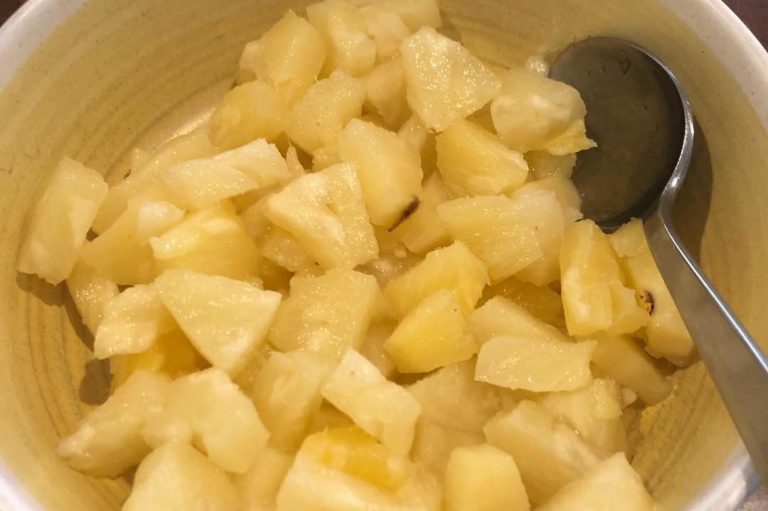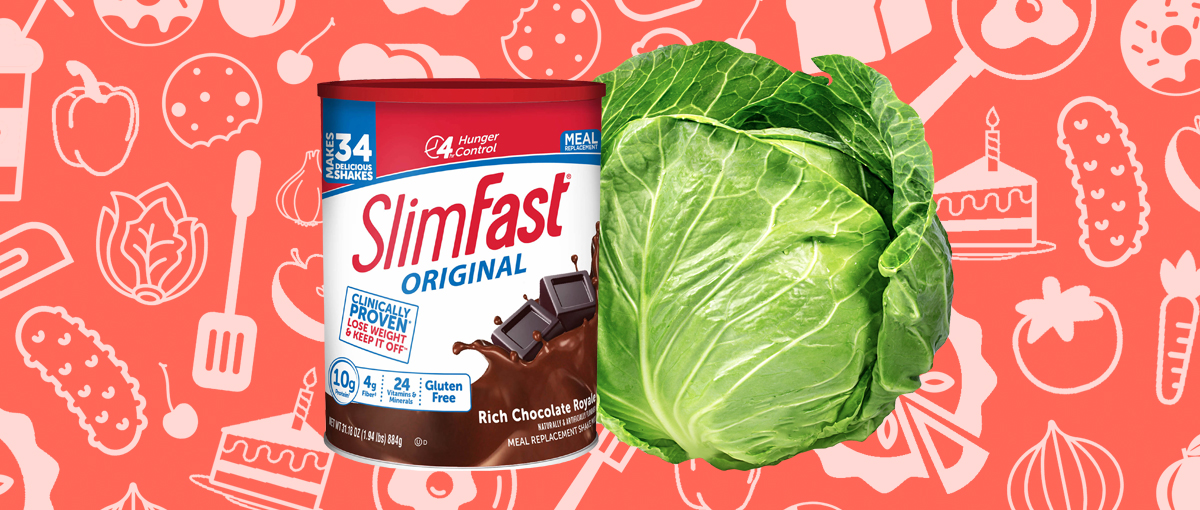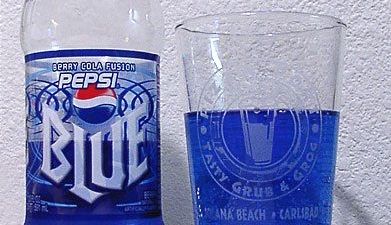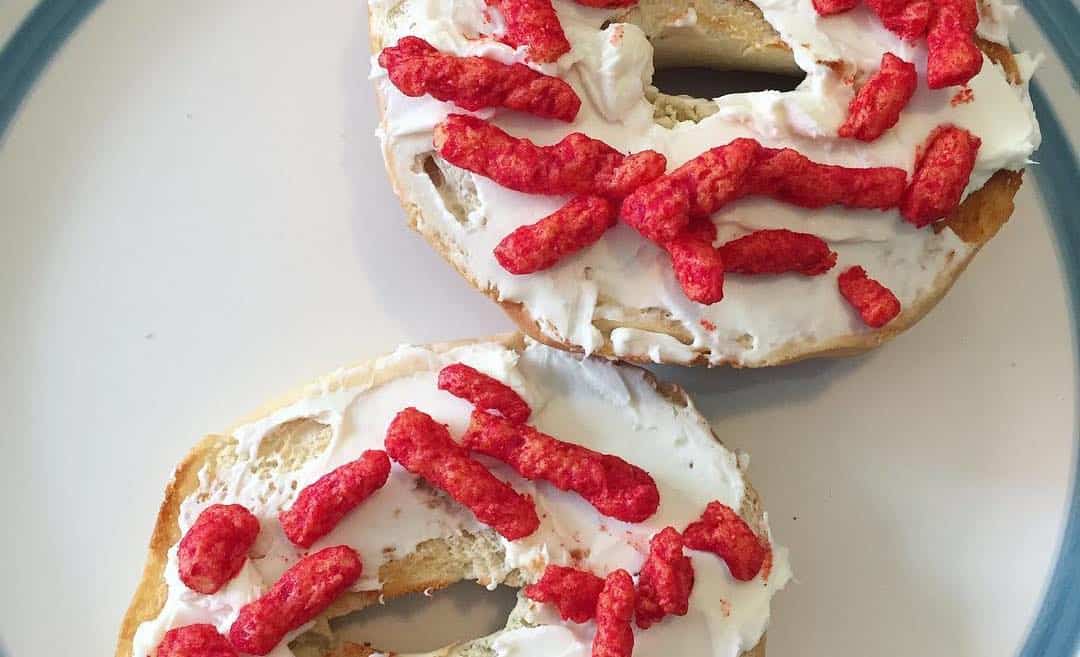Shortly following the turn of the century, the 1910s is a significant part of American history. Not only that, but the decade has also changed what we eat and how we eat it.
Following the onset of America’s first world war in 1914, the nation was encouraged to try out rationing in order to help save food for the troops. Meatless Mondays were soon introduced and a famous slogan by Charles E. Chambers began printing on posters in multiple languages, reading, “Food will win the war. You came here seeking Freedom. You must now help to preserve it. WHEAT is needed for the allies. Waste nothing.”
But that doesn’t mean that the 1910s skipped out on flavor and innovation. Read on to discover 17 different foods that Americans enjoyed in the 1910s, many of which we still indulge in today.
1. Fruit Preserves
Perfect for rationing.
Although preserving fruits like strawberries, peaches, and apples in jars was discovered before the 1910s, this was a food that was heavily enjoyed during that time. Inexpensive to make, sugarless fruit preserves were beneficial during wartime in America because it allowed families to save money while also rationing other foods like meat and wheat for soldiers, according to Together We Win.
2. Sherbet
Many Americans in the 1910s also enjoyed eating fruit sherbet, a frozen fruit dessert. Recipes for fruit sherbet, ice cream, and other frozen treats were very prevalent at the time, as shown in The Food Timeline. This is perhaps one reason why they’re so loved today. You can even find pictures of sherbet glasses from the 1910s online, showing just how prevalent this treat was during that decade.
3. Canned Fruit
Rationing and preserving food was an important part of American life in the 1910s. Canned and tinned foods were frequently used during these years, according to Gizmodo. This included canned fruit, jam, vegetables, and more. Canned fruit was convenient, since it allowed for people to can/jar whole fruit ahead of time, and then eat it later as a snack or dessert. Canned fruit like apricots, peaches, and apples were also really popular at this time.
4. Wrigley’s Doublemint Gum
Wrigley got his start making gum in the late 1800s and soon had a hit with his Juicy Fruit gum. He worked with different methods to figure out how to make flavor last in his gum. And according to the Mint Industry Research Council, he got a hit in 1914 when he created a bold peppermint flavored gum that was labeled as “double strength,” and named Wrigley’s Doublemint gum.
5. Condensed Soup
Much like canned fruit and fruit preserves, condensed soup was often used in the 1910s for convenience. Campbell’s Soups was a national brand in 1911, and throughout the decade many Americans relied on condensed soups to cut down on cooking effort and time, as shown on Encyclopedia.
6. Beef
Recipes for lunch and family dinners in the 1910s featured a lot of beef. Despite Meatless Mondays and war rationing, many Americans also indulged in the standard beef and potatoes meal that we still love to put a spin on. According to the Food Timeline, Americans often enjoyed anything from beef sliced into cold cuts to broiled beef balls.
7. Oreos
This popular sandwich cookie was introduced by Nasbisco in 1912, and has remained the best-selling cookie, according to ThoughtCo. Ever wondered why Oreos are darker than the average chocolate? That’s because of the kind of cocoa they use, cocoa processed with alkali, which creates a darker color and also a less bitter chocolate flavor.
8. Lorna Doone Cookies
Golden and shaped in a square, Lorna Doone cookies were also introduced by Nabisco in the year 1912. These buttery shortbread cookies were and continue to be beloved by Americans with tea, milk, or alone. Many have also used these cookies as a base for banana pudding. According to Food Reference, no one is entirely sure about the name’s origin.
9. Whitman Sampler
Whitman introduced the Whitman Sampler in 1912, and it quickly became the confectionery company’s staple product. He also marketed his variety box of chocolates for holidays like Valentine’s Day, which has apparently worked. Around 1 billion boxes have been sold in its 107 year history, according to Mental Floss.
10. Life Savers
[fm_youtube url="https://www.youtube.com/watch?v=apWdX_SEzmA"]In 1912, a chocolate maker named Clarence Crane invented Life Savers in his search for a candy that could hold up in the summer heat. Pep O Mint was the original flavor, and the candy was appropriately named after nautical lifebuoys, according to Lifesaver’s official website.
11. Potatoes
Potatoes were eaten as a side with many meals in the 1910s. According to Thrillist, Americans enjoyed meat and potatoes around this time. Potatoes were also used in soups and made into one of America’s favorite snacks: potato chips. The first potato chip companies are also believed to be started around 1908-1910.
12. Vichyssoise (Chilled Soup)
Although this soup has a French name, it is actually believed to be invented in 1910 by French New Yorker Louis Diat of the Ritz Carlton, according to Politico. Vichyssoise was heavily enjoyed during this decade, especially in N.Y.C. Also called leek and potato soup, vichyssoise is served cold and has a creamy texture.
13. Nathan’s Hot Dogs
Founded in 1916 by Polish immigrant Nathan Hardwerker, Nathan’s famous hot dogs first started selling for a nickel at Coney Island. You can even still visit the original hot dog stand, in addition to their restaurants worldwide, according to their official website. Nathan’s Hot Dogs can also be found packaged in some of your local grocery stores.
14. Clark Bar
[fm_youtube url="https://www.youtube.com/watch?v=b1eBzJrYsh4"]Clark bars are candy covered in chocolate and filled with peanut butter crunch/toffee, similar to a Butterfinger candy bar. The first Clark bar was made in 1917 by Pittsburgh area candy manufacturer David L. Clark and were sent to U.S. troops during World War I.
15. DeMet’s Original Turtles
Candy Favorites reveals that George DeMet introduced chocolate turtle candy to his company in 1916, and we haven’t been able to deny them since. Originally filled with caramel and pecans and covered in chocolate, turtles today are also made with macadamia nuts, cashews, and salted caramel.
16. Marshmallow Fluff
Recipes for marshmallow fluff, or paste, date back to the 19th century, but commercially-sold marshmallow products wouldn’t hit the shelves until the early 1910s, according to Eater. Mallo Cups, a popular candy that rivaled the Clark Bar, used marshmallow creme also.
17. MoonPies
In 1917, a coal miner asked for a snack that’s “as big as the moon,” which led to this sweet treat’s invention. The bakery gave him a treat that they called a MoonPie, according to The Culture Trip, which was actually a round-shaped disc of marshmallow, graham, and chocolate. Today, Moonpie’s flavors include salted caramel, strawberry, and banana.








